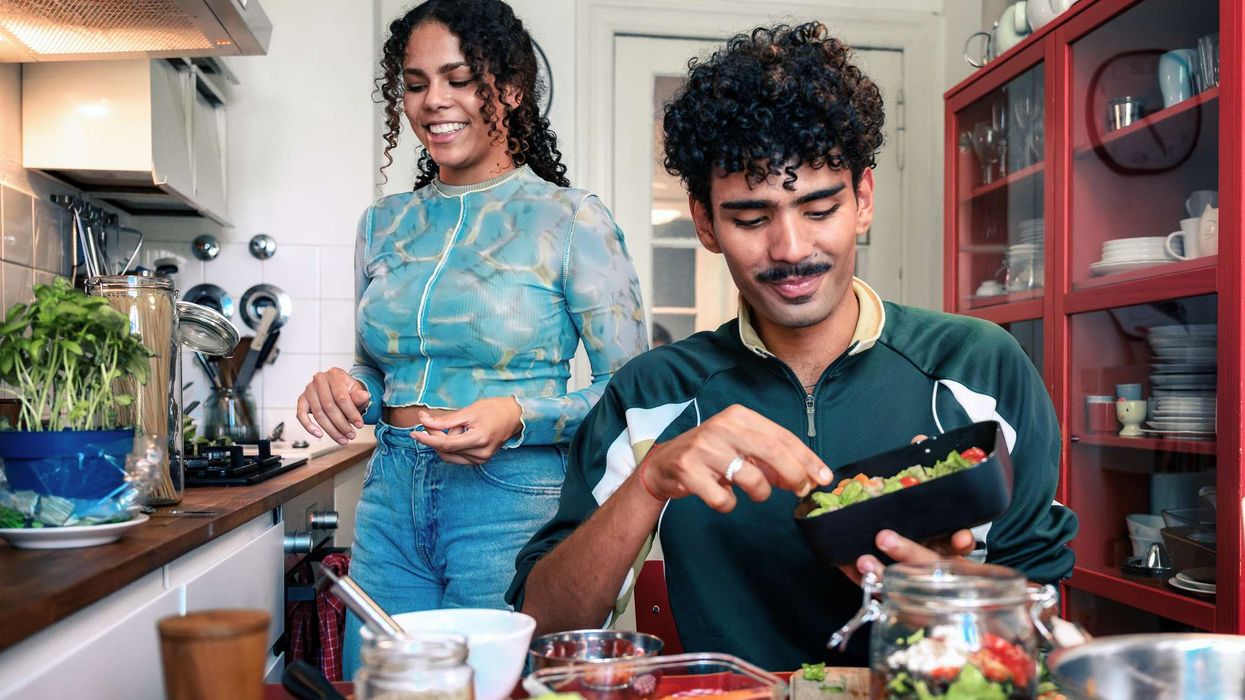A recent study revealed that hospital surgical teams with a higher proportion of female members contribute to improved patient recovery, reducing the likelihood of post-operative complications.
Conducted over a decade and encompassing more than 700,000 operations, this extensive research, published in the British Journal of Surgery, has underscored the significance of gender diversity in healthcare settings.
Researchers concluded that hospitals with a higher level of diversity among anaesthesia-surgery teams tend to achieve superior post-operative results.
They said that the significance of increasing sex diversity within operating room teams extends beyond mere representation or social justice concerns; rather, it is a vital aspect of enhancing overall performance.
“Healthcare institutions should intentionally foster sex diversity in operating room teams to potentially reduce major morbidity, which, in turn, can enhance patient satisfaction and reduce costs," they added.
The University of Toronto led the study examining nearly 710,000 elective surgeries across 88 hospitals in Ontario, Canada, from 2009 to 2019.
Among these surgeries, about 14.4 per cent experienced serious complications within three months after the operation. On average, hospitals had about 28 per cent of their anaesthesiologists and surgeons being female each year.
Female surgeons performed about 6.7 per cent of the surgeries, while female anaesthesiologists were involved in 27 per cent of them.
The study found that hospitals with more than 35 per cent female surgeons and anaesthesiologists had better outcomes after surgery.
Specifically, these hospitals saw a 3 per cent lower chance of patients experiencing serious complications within 90 days of their operation.
The researchers highlighted that this 35 per cent threshold aligns with findings from studies in other countries, such as the US, Italy, Australia, and Japan, which also showed improved outcomes when teams had at least 35 per cent female members.
“These results are the start of an important shift in understanding the way in which diversity contributes to quality in perioperative care," said Dr Julie Hallet at the University of Toronto, lead author of the study.
“Ensuring a critical mass of female anaesthesiologists and surgeons in operative teams isn’t just about equity; it seems necessary to optimise performance.”
According to her, making surgical teams more diverse in terms of gender will need a focused effort, including putting in place plans to recruit and keep female doctors.







 Mareyah Bhatti , a sustainability strategist and passionate home cookMareyah Bhatti
Mareyah Bhatti , a sustainability strategist and passionate home cookMareyah Bhatti






